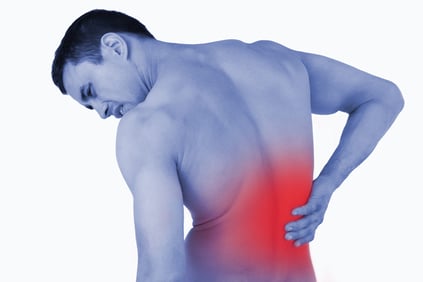Low Back Pain

Low Back Pain
Table of Contents
Have you ever experienced low back pain (LBP)? How do you treat it?
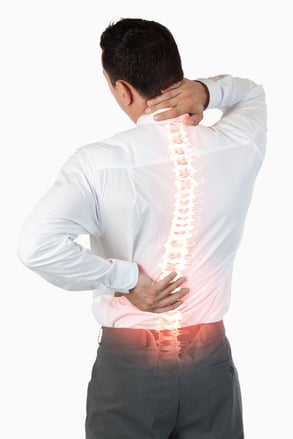
In this post we’ll talk about what low back pain is and how we would treat it depending on the sport, whether it being with exercises or other modalities.
What is low back pain and how can it occur?
The low back is also known as the lumbar spine where interconnecting bones, joints, nerves, ligaments, and muscles all work together to provide support, strength, and flexibility. LBP could start suddenly, or it could start slowly and progressively get worse over time. The pain can also range from mild to severe. LBP is very common and can result from a strain to the muscles or tendons in the back. Many injuries, conditions, and diseases can cause low back pain. Some examples of mechanism of injury may be:
-
Lifting heavy objects or twisting while lifting
-
Poor posture over time
-
Sports injuries
-
Sudden movement that place a lot of stress on the low back like a fall
- Age
- Lack of exercise
-
Strains and sprains
-
Fractures
-
Disk problems
-
Structural problems
-
Arthritis
-
Disease
-
Spondylolisthesis
Symptoms
Here is a list of symptoms you may have with LBP:
-
Inflammation
-
Dull or achy pain
-
Stinging, burning pain which could move from the low back to the backs of the thighs and even down to the legs or feet
-
Muscle spasms/tightness in the low back, pelvis, and hips
-
Pain that worsens after prolonged sitting or standing
-
Difficulty standing up straight, walking, or going from sit to stand
How do you treat low back pain?
Treatment for low back pain depends on the severity of the injury. Self-care measures or even over-the-counter medications can help, but it might be a good idea to go see your physiotherapist. Other ways to treat LBP may be:
-
Rest
-
Staying active after a few days of rest to increase blood flow to the area to help you heal
-
Hands-on manipulations – chiropractor, massages
-
Heat or ice
How do you prevent or manage low back pain?
There are several ways in which you can prevent or manage LBP. Look at the following list:
-
Strengthening of abdominal muscles
-
Lifting the right way
-
Maintain a healthy weight
-
Stay active
-
Stretching and flexibility
Sport specific exercises
Cat-cow: Start in tabletop position with your knees under your hip and hands under your shoulders. Starting from a neutral spine begin to arch your back and bring your spine to the sky. Then slowly come back to neutral and go right into dipping your spine in the opposite direction with your head slightly looking up. Then come back to neutral and repeat. Remember to breathe in and out during the motions.
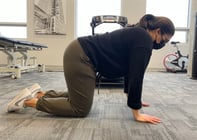
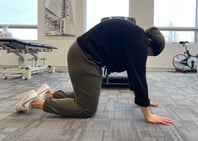
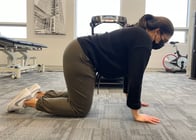
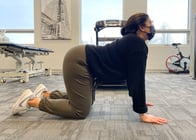
Open Books: Start by lying on your side with your top leg bent (your bottom leg can also be bent or straight, it's up to you). Bracing your top leg with your hand, slowly start to look over your shoulder and open up your chest with your top arm. Try to bring that arm down to the ground as far as you can. Then slowly come back to neutral position and repeat. Remember to breathe in and out during the motions.
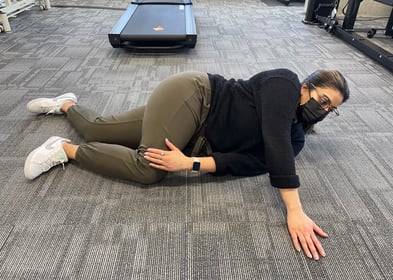
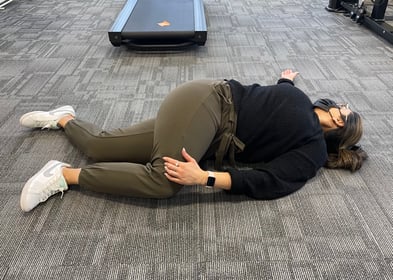
Bird Dog: Start in a tabletop position. Trying to keep the spine as stable as possible, slowly lift your hand and leg simultaneously. With this exercise try to keep your shoulders above your hands and your hips above your knee.


Supine Single Leg Lift: Start by laying on your back with knees bent up and the soles of your feet on the ground. Then tilt your pelvis so you feel your lower back flattening. As you have that contraction, slowly lift one leg up at a time and lower. Then repeat on the other side.
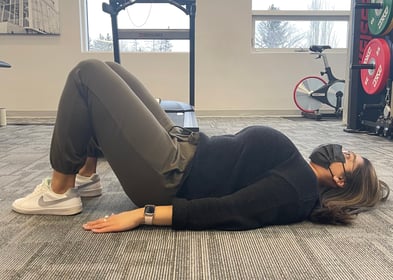
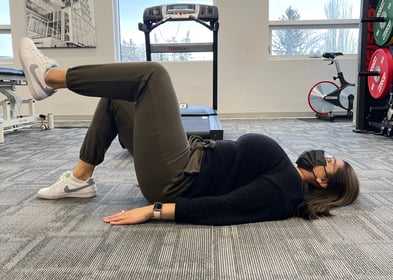
FAQ
"How can LBP affect me?"
LBP can be very stressful and can impact all aspects of your life. Anything from daily tasks to hobbies to social life. If low back pain doesn't resolve on its own in 2-4 weeks, it's a good idea to see your physician and/or physiotherapist. They can help determine what is causing the pain with the goal of getting you back to your normal life activities. If left untreated it could become chronic in nature and wears not only on physical but mental well-being as well.
"What should I do when my back hurts?"
Keep active to aide in increased blood flow to the area for healing. Heat or ice may help loosen tight muscles and lessen pain as well as over-the-counter painkillers. rest comfortably and relax to relieve muscle tension and to take some strain off your back.
"When should I worry about my back pain?"
- Fever
- Unexplained weight loss
- Chest pain
- Swelling or deformity in your back
- Loss of bowel or bladder control
- Inability to to pass urine
- Constant pain that won't ease
- Worse pain at night
- Numbness around your genitals, buttocks, or back passage
- Tingling or numbness in your arms or legs
